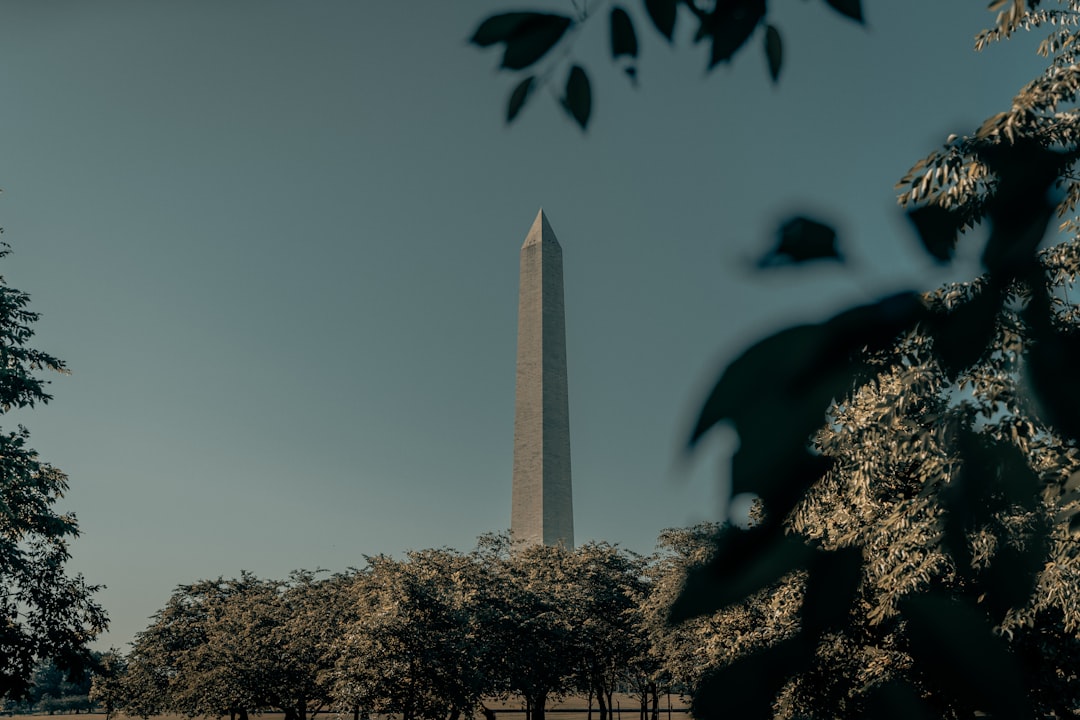
Top Monuments to Visit in Europe: A Journey Through Time.
# Introduction. Europe, rich in history and culture, is home to some of the world's most iconic monuments. Each structure is a testament to the creativity and resilience of the people who built them, offering travelers a glimpse into the past. From grand palaces to ancient ruins, these monuments not only highlight architectural brilliance but also embody the stories of nations and their heroes. In this post, we'll explore some of the top monuments to visit in Europe that are a must on any travel itinerary. # 1. The Eiffel Tower, Paris, France. No visit to Europe is complete without a trip to the Eiffel Tower in Paris. This iconic iron lattice structure, designed by Gustave Eiffel, stands at 1,083 feet tall and serves as a symbol of romance and modernity. Completed in 1889 for the World’s Fair, the Eiffel Tower attracts millions of visitors each year. The view from the top is nothing short of breathtaking, offering panoramic sights of Paris, including the Seine River, the Louvre, and the sprawling cityscape. Numerous dining options within the tower also allow visitors to indulge in a meal while enjoying the stunning views. # 2. The Colosseum, Rome, Italy. The Colosseum is one of the greatest achievements of Roman architecture and engineering, boasting a history that dates back to AD 70-80. This ancient amphitheater, capable of seating around 50,000 spectators, was the site of gladiatorial contests and public spectacles. Today, visitors can wander through its impressive ruins, imagining the lively events that once captivated thousands. The intricate design features a complex system of vaults and arches that highlight the brilliance of Roman construction techniques. Evening tours provide a magical experience as the monument becomes illuminated under the night sky. # 3. The Acropolis, Athens, Greece. Dominating the skyline of Athens, the Acropolis is a symbol of ancient Greece and democracy. Home to the Parthenon, a temple dedicated to the goddess Athena, this UNESCO World Heritage site is a monumental reminder of classical architecture. The origins of the Acropolis date back to the 5th century BC, making it a treasure trove of history. Visitors can explore the Parthenon and several other ancient temples, along with the Acropolis Museum, which houses various artifacts. The panoramic views of the city below add to its allure, creating a perfect blend of history, culture, and beauty. # 4. Stonehenge, Wiltshire, England. Stonehenge remains one of the world’s most famous prehistoric monuments, intriguing historians and archaeologists alike. Dating back to 3000 BC, this mysterious stone circle is believed to have been used for various purposes, including astronomical observation and religious ceremonies. Located in the serene landscape of Wiltshire, the monument's massive stones evoke a sense of wonder and curiosity. Visiting Stonehenge provides a unique opportunity to connect with the ancient past, as knowledgeable guides narrate the history and theories surrounding its construction. The summer solstice celebrates the position of the sun at Stonehenge, drawing visitors from around the world. # 5. Sagrada Família, Barcelona, Spain. Antoni Gaudí's Sagrada Família is an architectural masterpiece that continues to be under construction over a century after its inception. This basilica is a stunning blend of Gothic and Art Nouveau styles, with intricate facades and towering spires that reflect Gaudí's unique vision. Each aspect of the structure tells a biblical story, with breathtaking sculptures and vivid stained glass windows illuminating the interior. As visitors explore the basilica, they are enveloped in Gaudí's creativity and philosophy, making it an unforgettable experience. A visit to Sagrada Família demonstrates the harmony of nature and architecture that Gaudí sought to achieve. # 6. The Brandenburg Gate, Berlin, Germany. The Brandenburg Gate stands as a symbol of unity and peace in Berlin. Originally constructed in the late 18th century, this neoclassical monument has withstood the test of time, serving as a backdrop for significant historical events, including its pivotal role during the fall of the Berlin Wall in 1989. The gate features stunning columns and sculptures that reflect the artistry of its era. Today, it attracts countless tourists who marvel at its grandeur. Surrounding the gate, the Pariser Platz offers a lively atmosphere, making it an ideal spot to begin a journey through Berlin. # Conclusion. Traveling through Europe and visiting its monuments is more than just sightseeing; it is a journey through history and culture. Each monument offers unique stories, architectural beauty, and a glimpse into the lives of those who came before us. Whether you’re exploring the timeless elegance of the Eiffel Tower or the ancient mysteries of Stonehenge, these sites encapsulate the essence of Europe’s architectural legacy. Make sure to add these top monuments to your travel list for an unforgettable experience. .






